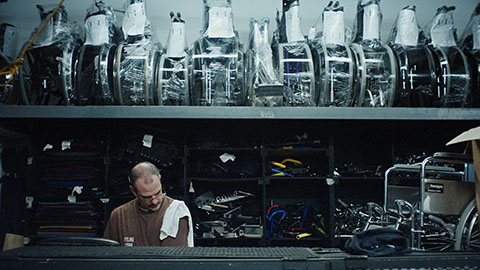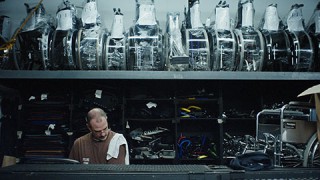A Fresh Start
The nucleus of Crowley County Correctional Facility’s horticulture program is its greenhouse, a place where inmates gather to tend to upwards of 10,000 plants. For many, it’s an oasis. “I think everybody likes to be around plants,” Horticulture Instructor Bruce Collins observes. “And it kind of gets them out of prison for a few hours.”
“I have inmates in here that live and breathe the greenhouse,” Collins continues. “It is contrary to what people would think a prison is like.”
The six-month vocational course includes hands-on experience, and by the end, participants can earn a certification in horticulture. This sets them up to succeed once released. According to the RAND Corporation, individuals who participate in vocational training programs while incarcerated are 28% more likely to find post-release employment than non-participants.

“[Growing plants is] not about instant gratification. It teaches them patience, and it teaches them that everything happens in time.”
Bruce Collins
Horticulture Instructor
This is important, because inmates who find employment after release are less likely to return to prison. In a study from the University of Missouri-St. Louis, employed former inmates were 32% less likely to be arrested for any crime and 42% less likely to be arrested for a drug crime.
In addition to helping reduce recidivism, program participants are helping to better the facility. Students care for a variety of flowers and vegetables, including petunias, chili peppers and tomatoes. Bedding flowers grown in the greenhouse are used to beautify the grounds, and the edible harvest is used by the facility’s kitchen.
Inmates who participate in vocational training programs are 28% more likely to find post-release employment than non-participants.

But perhaps the greatest value of the horticulture program lies in its intangible benefits. Many inmates begin the program with no plant knowledge, but once they step foot in the greenhouse and find out what they can do, it, as Collins says, “opens up a whole new world for them.”
“When they start [plants] from the seed, they have to care for something and nurture it — see it from beginning to end,” he adds. “It’s not about instant gratification. It teaches them patience, and it teaches them that everything happens in time.”














